The Darkness's Justin Hawkins on Les Pauls, success and Permission To Land
"The music industry tried its hardest to ignore us but they couldn't"
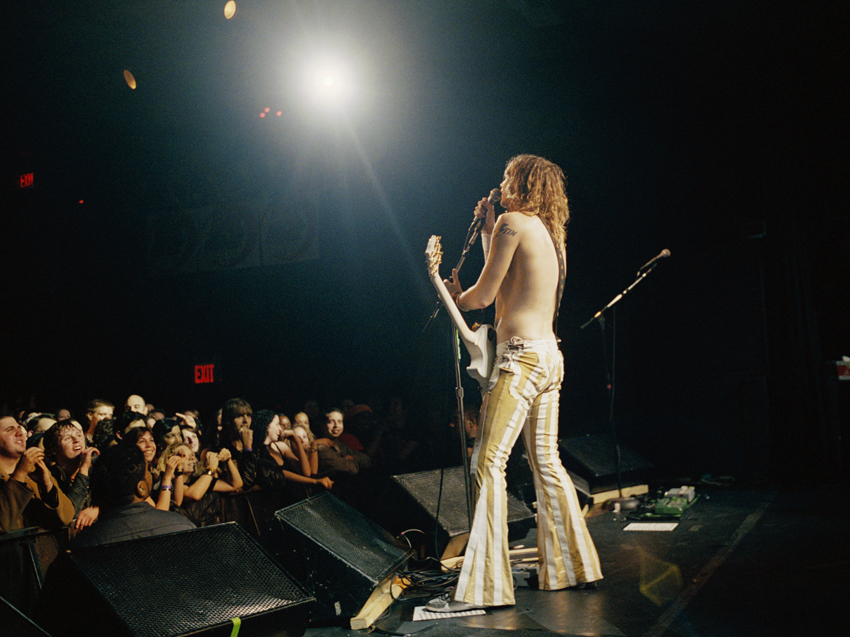
Justin Hawkins on Les Pauls, success and Permission To Land
“There are some bands that do an entire album and change the order so the big songs are at the end or they leave some out,” says Justin Hawkins, flamboyant flame-tattoed frontman of the Lowestoft hard stock heroes The Darkness. “Permission To Land must be an amazing album because we play it live from beginning to end every night and it's f***ing amazing!”
The freshly reunited Darkness are currently touring in celebration of ten years since the release of their million-selling debut Permission To Land.
The record was released in the summer of 2003 and went on to hit the top of the UK charts, spawn four hit singles and, for a time, make Hawkins the biggest Brit rocker on the planet.
We chatted to the the catsuit-clad guitarist/vocalist about recording the album that proved classic rock can still capture the the imagination of the British public...
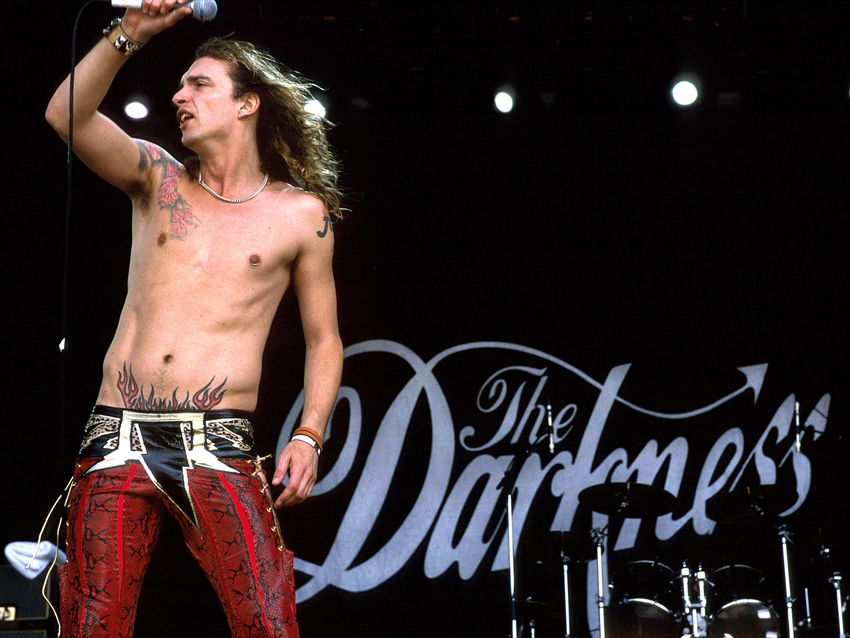
Coldplay and nu-metal madness
“I seem to remember bands like Linkin Park and Papa Roach and a lot of that metal thing that became mainstream.
"In the '90s indie became mainstream - so much so that indie and bands like Coldplay were being called rock. I didn’t agree with that. My upbringing was that rock was bands like The Cult and Aerosmith. We didn’t see ourselves as a glam band. The clothes told a different story but the sound was different.
"We didn’t have 100 people singing Livin' On A Prayer in our choruses. That’s a great song, but it’s a very different sound to what we were doing. We were a little bit more kitchen sink than that. If anything, we were more of a pub band. We just did what we did and hoped someone would listen to it one day.”
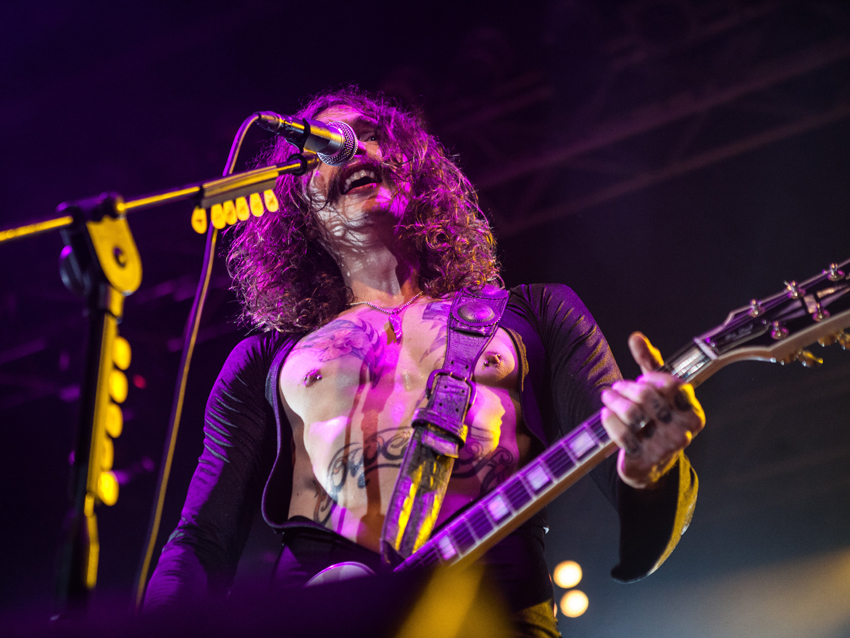
Paying for Permission
“I started a business in 1997 called Chicken Sounds, doing music for TV and film. Back then it was a lot of adverts.
"If an agency needed a piece of music and couldn’t afford the real thing, they’d come to me and I’d rip it off as closely as possible without being sued. I did a lot of that and that paid for the first record.”
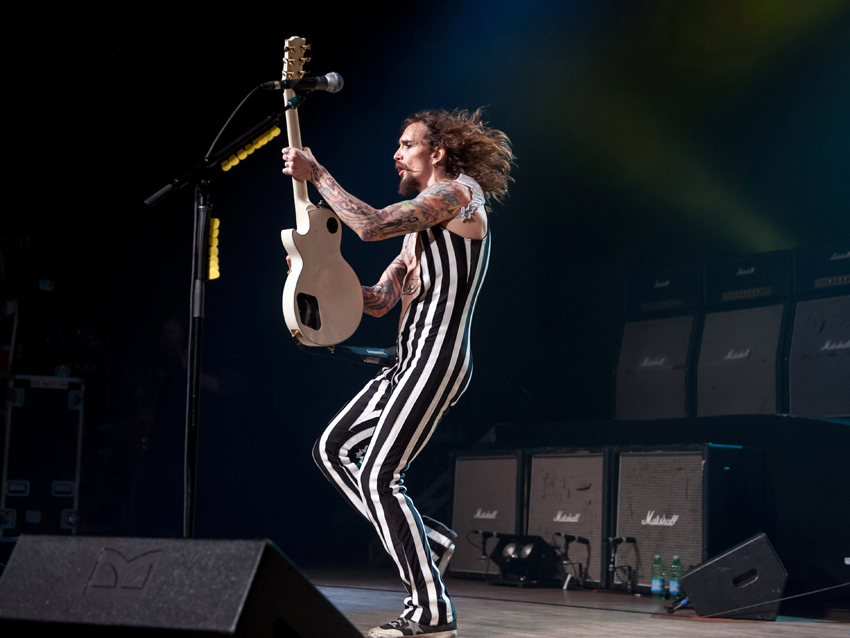
Black Shuck
“We had Black Shuck but didn’t know if it was good or not. We played it live a few times and it seemed to go well because it had the call and response part in the chorus. Things like that are always good.
"I remember just building that song. In the studio we played it live and then I sang it live and then I played a rhythm guitar on the right channel for the stabs. Then it occurred to me that I didn’t really know how to play the riff, so after the stabs Dan took over and played both sides of the guitar.
"There are only two guitars in there - it’s a really simple, stripped-down song about a dog that attacked a church.”
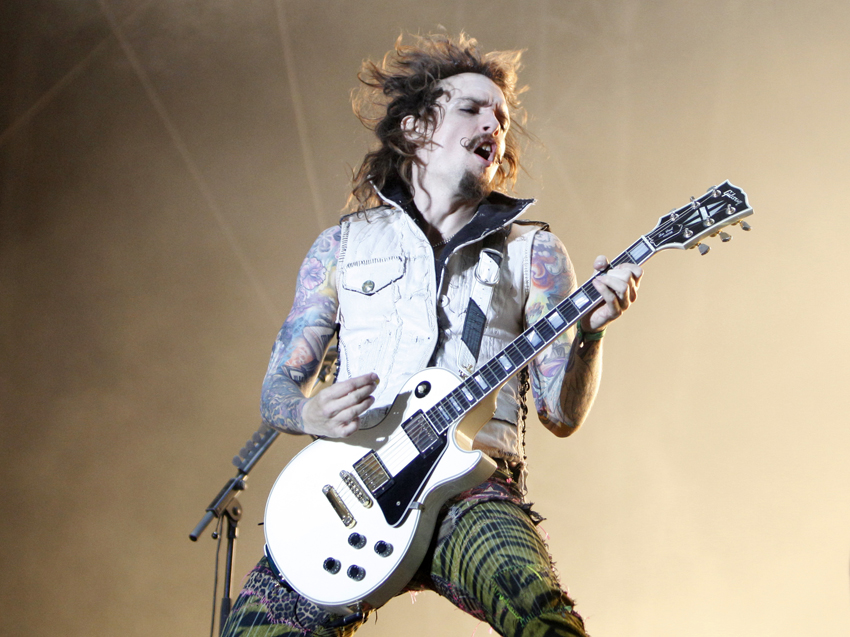
Growing On Me
“That wasn’t a big video, it was a very cheap video. We had a friend who liked the band and happened to be unusually rich and owned the house that we shot the video in.
"We had another friend who was a very successful stylist, and her boyfriend was a video director who had just worked with Coldplay. All these people did us a favour and it didn’t cost us much money at all.
"We did it in a couple of days, and Alex the director edited it to death and made something very special. Seeing it on the telly we got a lot for our money.”
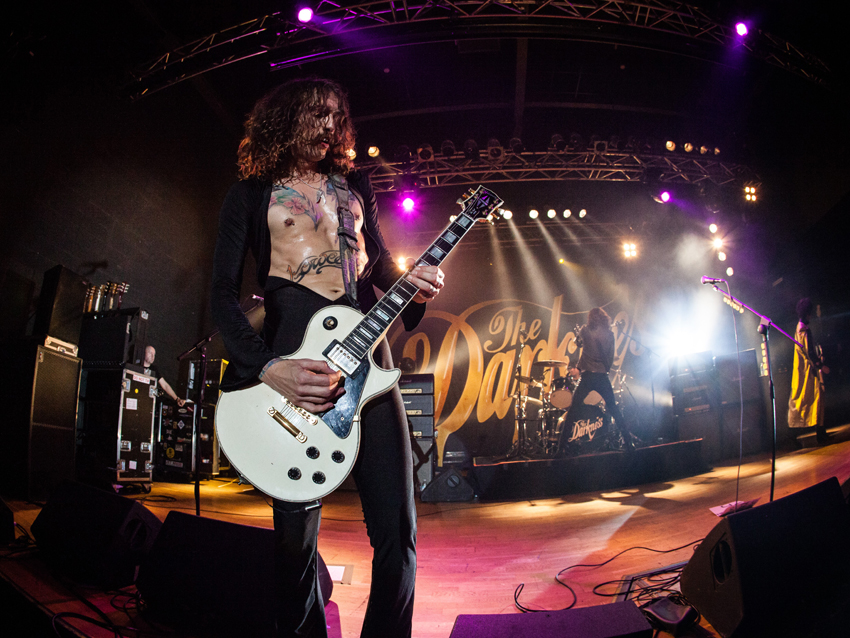
I Believe In A Thing Called Love
“Now that was a big video. All of those props had to be built - we were basically making a three-minute science fiction movie.
"[When writing the song] I just started playing the riff and singing it, Dan had a couple of suggestions for the pre chorus and it went down great live. We weren’t paying attention to the world - we didn’t care.
"If we’d have cared we’d have sounded like Papa Roach. The charts thing was irrelevant to us. We didn’t want to be associated with the bands in the charts; we didn’t feel that we belonged in the charts and we just wanted to build a fan base, that was far more important.”
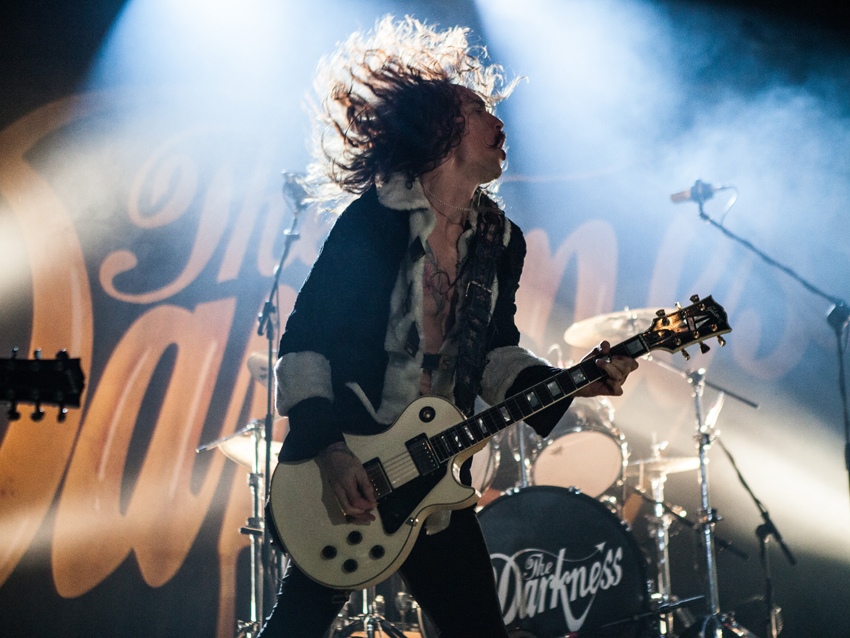
Love Is Only A Feeling
“You put a big ballad at the end of the first half of the album and then at the end of the second half, Aerosmith style.
"We shot the video for that in the Blue Mountains in Australia. We found this location with caves full of bats and helicopters everywhere and spent a load of money on the video.
"[On playing a solo on a cliff top] You’re supposed to have three points attached to the cliff when you’re doing something like that. I had none - that was just the way I rolled. I wanted it to look real.
"I was doing it in cowboy boots as well. The director was terrified. I was doing a solo on the side of a mountain - you don’t do that with a rope attached to you. If you’re going to fall off a mountain you want to do it while holding a Les Paul Custom.”
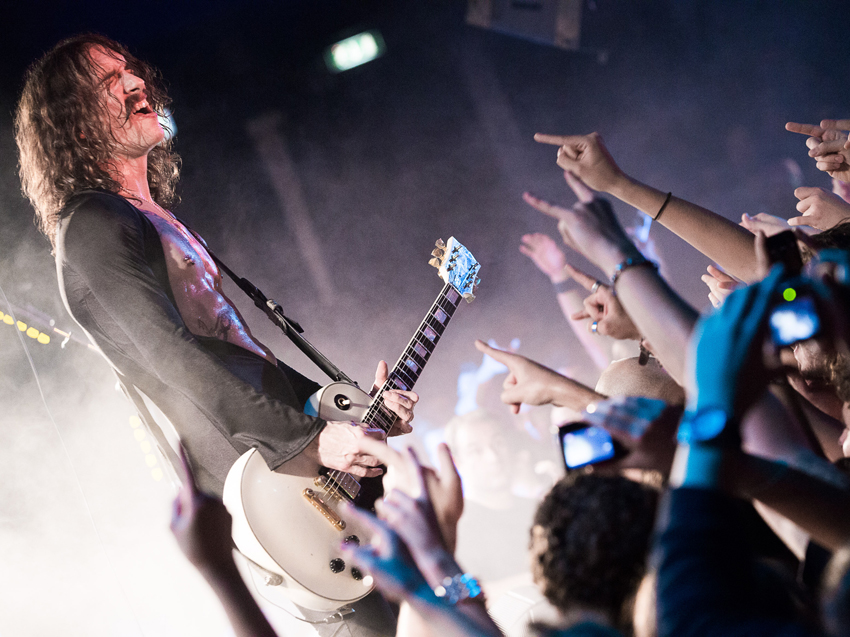
Friday Night
"Lyrically, I realised people liked songs with lists in. There are two lists in there - there’s the list of days and the list of activities as well.
"It was a concept song. I wanted to see what it would be like to do a love song with those lists in. It was a lyrical exercise. It was just an idea and I wanted to see if it would work.
"I developed a theory about certain songs and I thought that people always sing about the days of the week, so I wanted every day to have something different.”
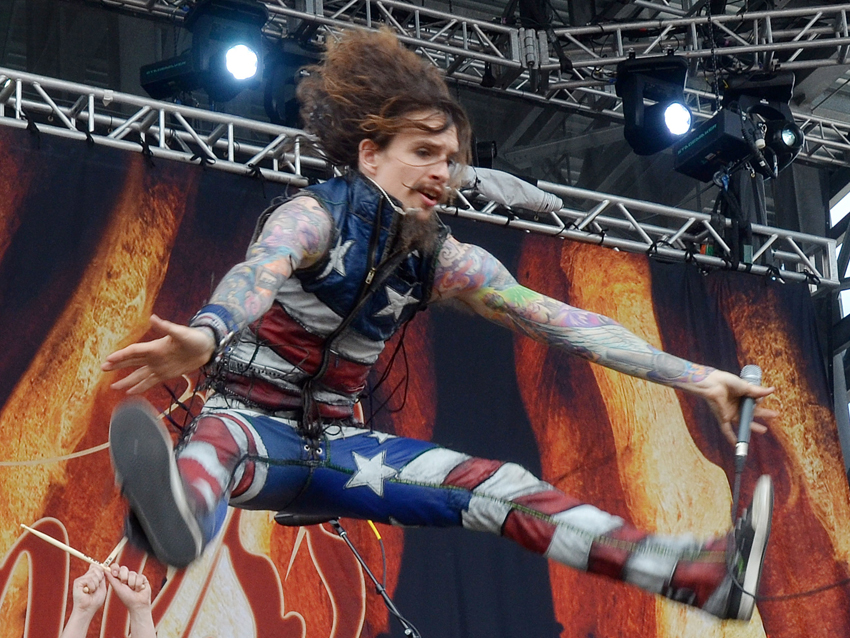
Love On The Rocks
“Everything we had recorded we’d already been playing live so we knew what would be popular with our fans.
"We knew this one would be popular. We only recorded the album out of necessity because we were playing venues that were far too small for us. Before we had a record deal we became the first unsigned band to sell out the Astoria, so we needed an album.
"We had to do it ourselves. The music industry tried its hardest to ignore us but they couldn’t. When we had this recorded product there the industry realised that we were a band, because we had that product.
"I understood that, though, because we were doing something completely away from what was popular. If there’s one lesson to be learned from The Darkness it's that if you believe in what you’re doing, one by one they will fall.”
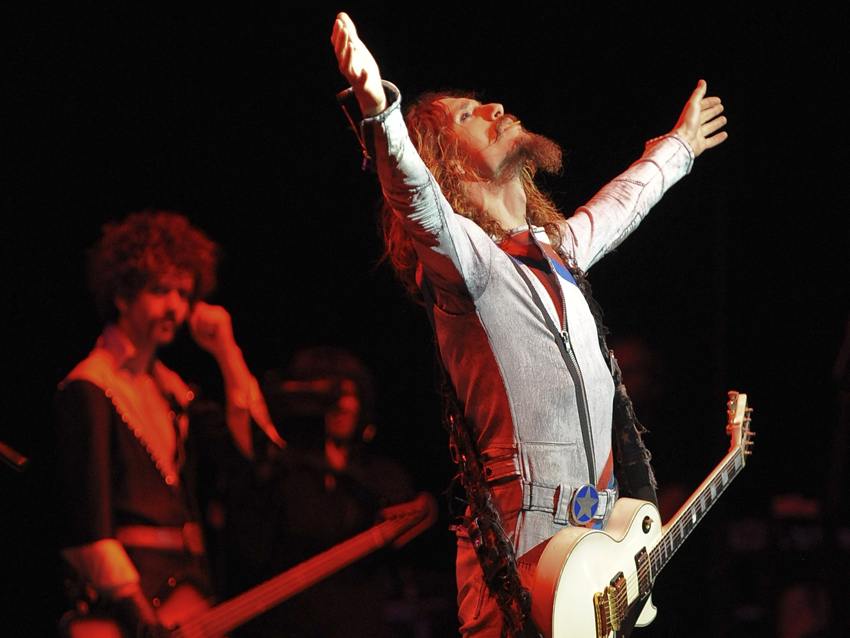
Holding My Own
“The one song we were worried about playing live on this tour playing the album in full was Holding My Own.
"It’s the last track and it’s a ballad and we had never played it live as a full band before this tour. I used to play it as part of an acoustic segment of the set and would just finger pick a few lines.
"But, to play it as a full band… it sounds really epic to me.”
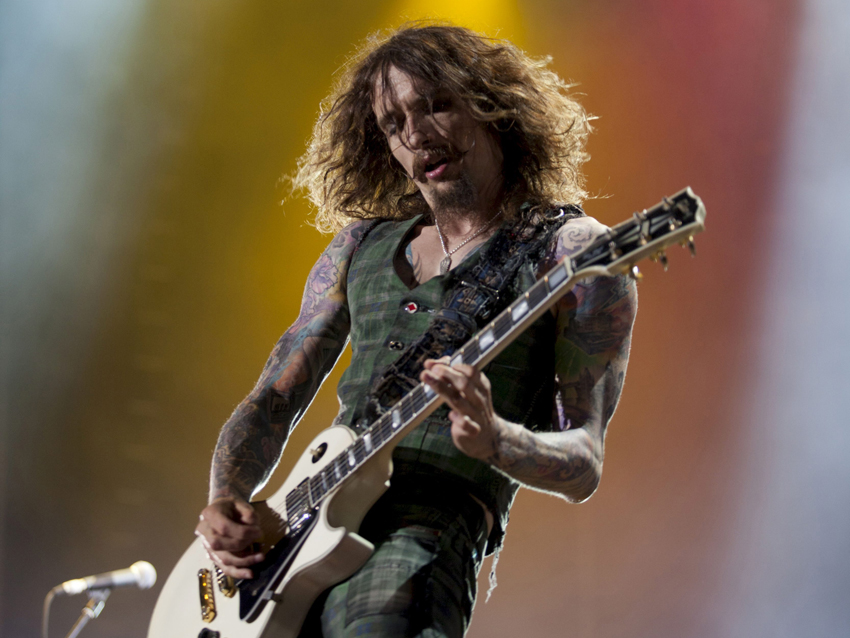
Success
“We were lucky because some DJs started playing us before we were playlisted and we started receiving awards.
"So when the big stuff happened like getting playlisted, becoming celebrities and winning major awards, we had already had a little bit of practice at it.
"It seemed very natural to us. Two years later we had won every single award that there was to win. Except for a Grammy, but that will come.”
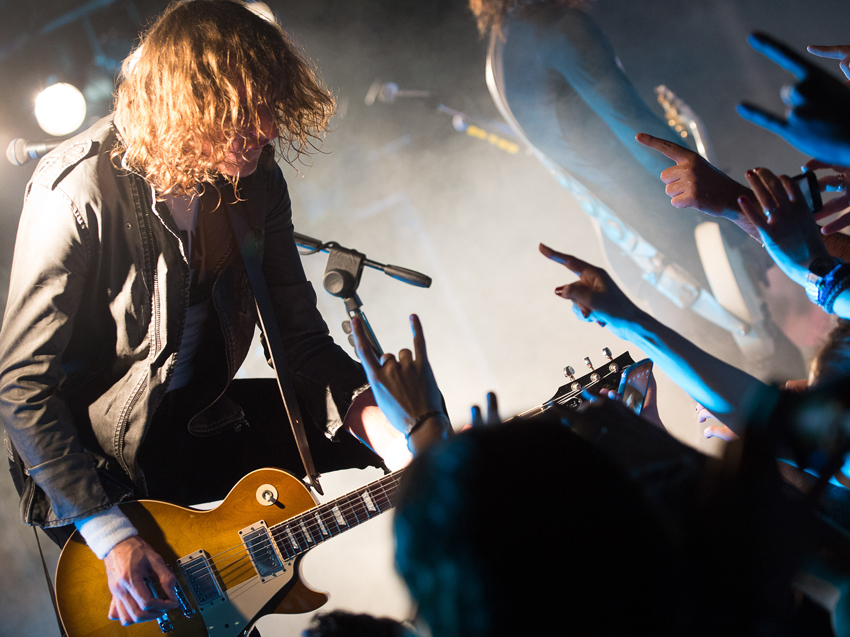
Gear
“When recording [Permission To Land] we had whatever gear we could get our hands on because we didn’t have much money at the time.
"We hired a Mesa Boogie Dual Rectifier, but it was an old one so it only had two channels instead of three. I actually prefer the older ones because they have a much spongier sound, so it was lucky that we got hold of one of those. That’s what I used.
"Dan played through a Marshall, as always, as usual, as often. It was mainly Mesa and Marshall. If you’ve only got two amplifiers, all the time you spend is on making the best sound from those. If you have 100 amplifiers you spend all your time choosing which is the best amp and then you have less time for getting the best sound.
"There’s a lot to be said for less being more and limiting yourself. In that respect I prefer black and white photography. If you reduce your palette you can do more within it because you’re forced to.
“We both played Les Paul Standards at the time; mine was a black one called the Black Shuck. Dan’s is still in his live setup now, it’s been a constant for him. I moved on to Customs towards the end of that recording session.
"For solos and the rhythm part on Black Shuck I used this 1969 Dan Armstrong Ampeg guitar that was Perspex. It was like the one Dave Grohl played, the see-through one.
"I was playing mine before his and mine’s better because it’s a proper 1969 one with a really unusual action on it. It has interchangeable pickups, so you start with Country Bass, Country Treble, Rock Bass etc. You can get a lot of different sounds from it so it is brilliant for the studio, although not particularly versatile for live use.”
Rich is a teacher, one time Rhythm staff writer and experienced freelance journalist who has interviewed countless revered musicians, engineers, producers and stars for the our world-leading music making portfolio, including such titles as Rhythm, Total Guitar, Guitarist, Guitar World, and MusicRadar. His victims include such luminaries as Ice T, Mark Guilani and Jamie Oliver (the drumming one).
